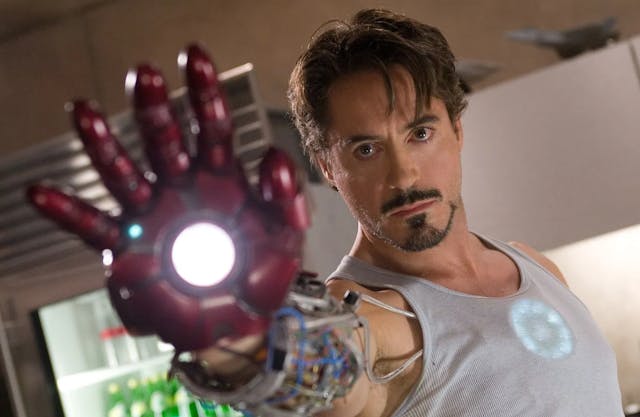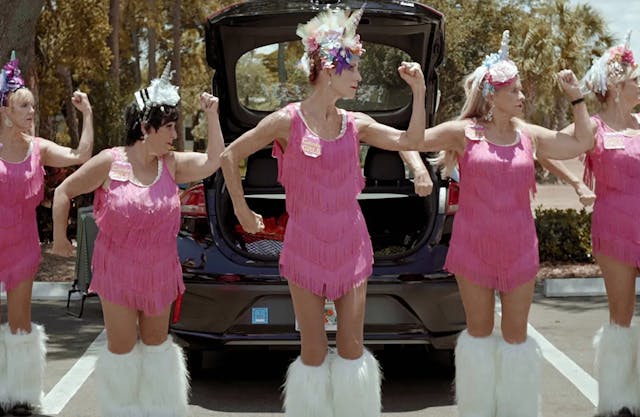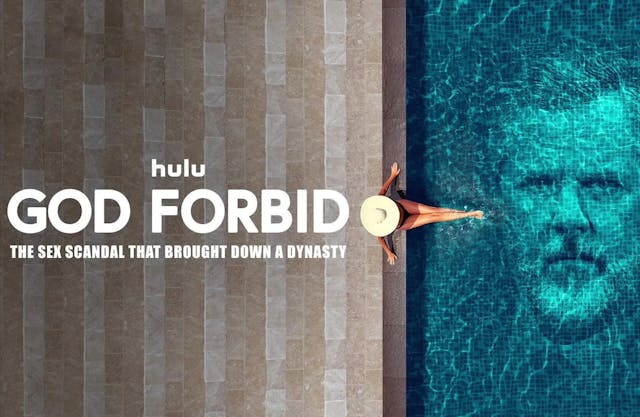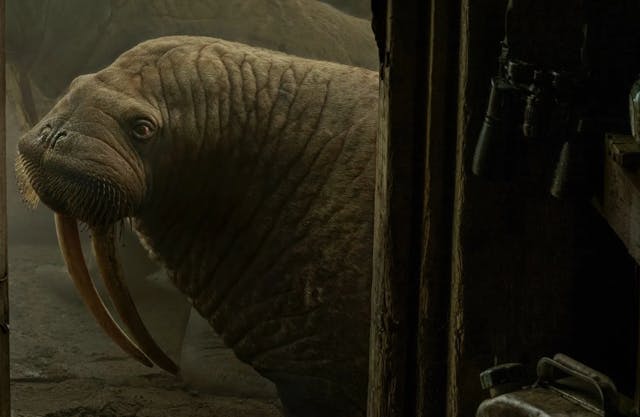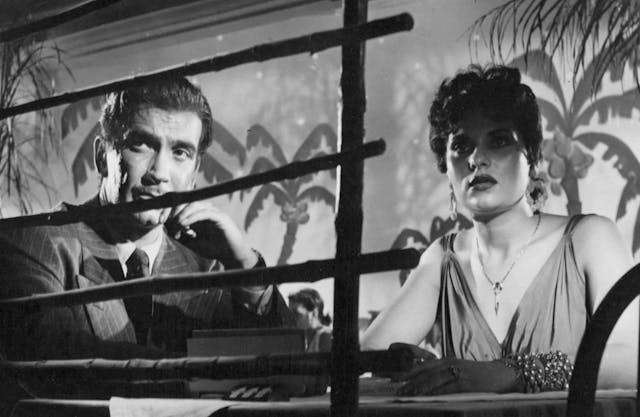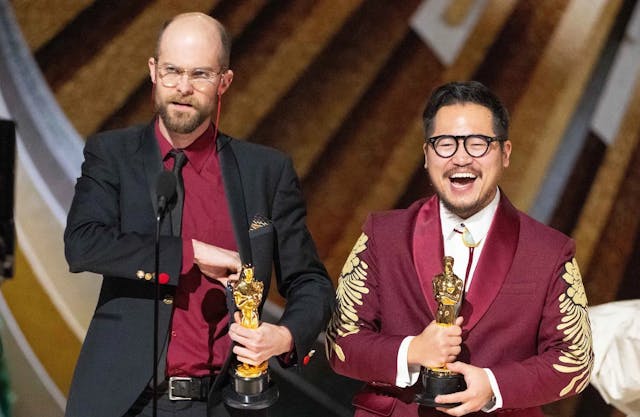The Cultural Footprint Wars on Film Twitter: M3gan takes on Avatar!
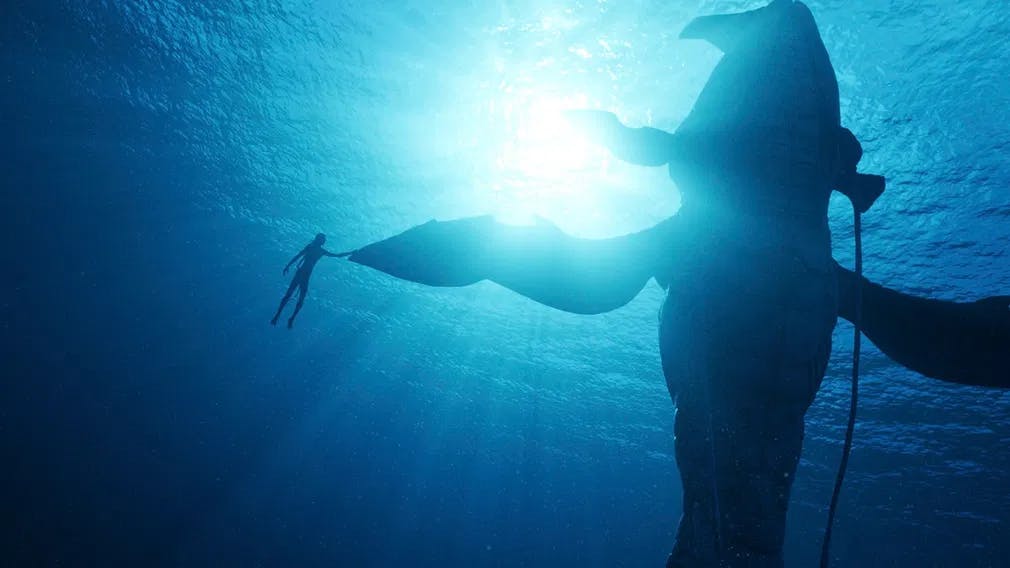
Avatar The Way of Water: a whale of a cultural footprint? / Photo courtesy of 20th Century Fox
When Elon Musk bought Twitter, he was not counting on how his virtual land-grab operation would scare away many people into the wild. Better to plant a flag in new platforms, like Mastodon, Post, or Hive, than to keep feeding content into the much-maligned tech-bro operation. I was too lazy to start from zero and learn how to use a new social network, so I held my ground, watching many regulars of that amorphous group known as Film Twitter bid adieu. I can tell some valuable posters are gone, but the platform has not lost its capacity to generate pointless but fun debates around film culture. The latest pertains to a concept known as cultural footprint and how it applies to movies.
Now, this is not an empty buzzword. Academics coined the term, inspired by biological footprint, to convey the scope of influence some element or group have on culture at large. You can find evidence of fierce debates in the late eighties and early nineties, around the effects of globalization on language, for example. Even the United Nations, through UNESCO, recognizes "cultural footprint" as a thing.
Last year, anticipation started to build around the imminent premiere of Avatar: The Way of Water, James Cameron’s follow-up to Avatar (2009), the green screen special effects extravaganza that ended up being the pinnacle of the XXI Century 3D fad. People wondered if audiences would remember, or even care, for the new adventures of the blue cat people of Pandora. That is the kind of thing that happens when you let 14 years pass between franchise films, but Cameron is not one to be rushed. The technology he needed to put his ideas on screen was still developing. A re-release of the original movie, restored and improved with the latest digital bells and whistles, helped to freshen up the memory and drum up some expectations for the new adventure. The re-release was so effective that Cameron is now doing the same for Titanic (1997) on its 25th anniversary. It is a Remastered 4K 3D HFR version, which makes you wonder how far the future-proofing of his films will take Cameron.
I am not a fan, but Cameron has the receipts. As I type these words, the trades report The Way of Water is close to accruing 2 billion dollars at the worldwide box office. Good enough to be the fifth highest-grossing international release of all time, but maybe not enough to be memorable to some fellow twitterers.
The crux of the problem is how you measure a cultural footprint. If we go by the money, Avatar is all set. The two movies have made Cameron rich, and with these numbers, the two or three sequels he announced must be a go. In 2017, Disney World opened a Pandora-themed section at its Wild Kingdom park in Orlando, FL. In 2022, Lego released a line of Avatar toys. Not too shabby for a franchise built on a single film and the promise of a few more to come.
Perhaps detractors are comparing Avatar to properties like Star Wars and the Marvel Cinematic Universe and find it wanting. They have a headway in terms of the volume of content created - decades of movies and comic books - but their brands get diluted in the sheer amount of product they generate to keep their audience paying.
This idea brings us to the question of the value of this cultural footprint. Why is it so desirable? It justifies prequels, spinoffs, TV shows, comics, and merchandise. That prospect must warm the hearts o Disney stockholders and nobody else. Avatar is the property of Disney, which also owns Star Wars, Marvel, and The Muppets. Want to talk about a cultural footprint? Check out Uncle Walt’s!
Cameron is, at heart, a gear-head. He loves technology. Increasingly, his movies have become an excuse to tinker with cameras and lenses. The footprint he generates fades into the background. The first Avatar was part of a crop of movies that pushed the upgrade to digital projectors in theaters, giving a kiss-off to over 100 years of film projection. Whether that is a good or a bad thing is up for debate. How influential is that? A lot, just not the kind of influence that registers with people.
When people on Twitter talk of cultural footprint, it refers to how aware their real or virtual social circle is of the movie. Still, your timeline is susceptible to manipulation and strategic planning. Check out the onslaught of content about M3gan (Gerard Johnstone, 2023). The titular character of the latest film from Blumhouse Studios is tailor-made to achieve virality.
The high point comes when the killer doll taunts a victim by performing dance moves before dispatching him with a paper cutter blade. You saw the bit in the trailer and many appearances on several media outlets. The studio hired dancers to dress like M3gan and perform the dance in movie theaters and other public spaces. Even producer Jason Blum went to the premiere dressed as the doll. It is a calculated media blitz, passing off as spontaneous enthusiasm. It works. The movie topped the weekend box office with 30 million dollars, recouping its budget in a matter of days. Whatever cultural footprint M3gan got, it paves the way for a franchise. It will inevitably culminate in inevitable hand-to-hand combat with Annabelle.
I think there is a nostalgia component in this newly manifested concern over the cultural footprint, which is another way of saying significance. The sheer amount of movies and series vying for our attention is staggering. Things barely have time to make an impression before dissipating in the ether. In the days of yore, a movie had months, even years, to run over the theatrical circuit, then move on to TV. There was time to watch, rewatch, ponder and think. Now everything gets pushed off by the new thing in seconds. Besides their qualities as examples of an art form, movies like The Godfather (Francis Ford Coppola, 1972) earned their cultural footprint because audiences had time to take them in. And back then. They were not competing for your attention with an unending stream of funny videos flashing on a little screen in your hand.
I don’t mean to sound like the proverbial old-man-screaming-at-the-clouds. We live in a different time. People can consume media faster, and there is so much more. Everyone furrows into their preferred niche, and common ground disappears. If anything, the concern over cultural footprint is less criticism about a particular product and more of a lament about time past. That time when we all looked at the same movies at the same time and were able to have conversations about them.
* Update: "M3gan" is available to stream at Prime Video, buy or rent on all major digital platforms. "Avatar: The Way of Water" can be streamed at Max, Disney+ and DirecTV, rent or purchase at all major digital platforms. The James Cameron movie closed its theatrical run as the highest-grossing movie of all time with over $3.2 billion dollars.
Want to get an email when we publish new content?
Subscribe today
